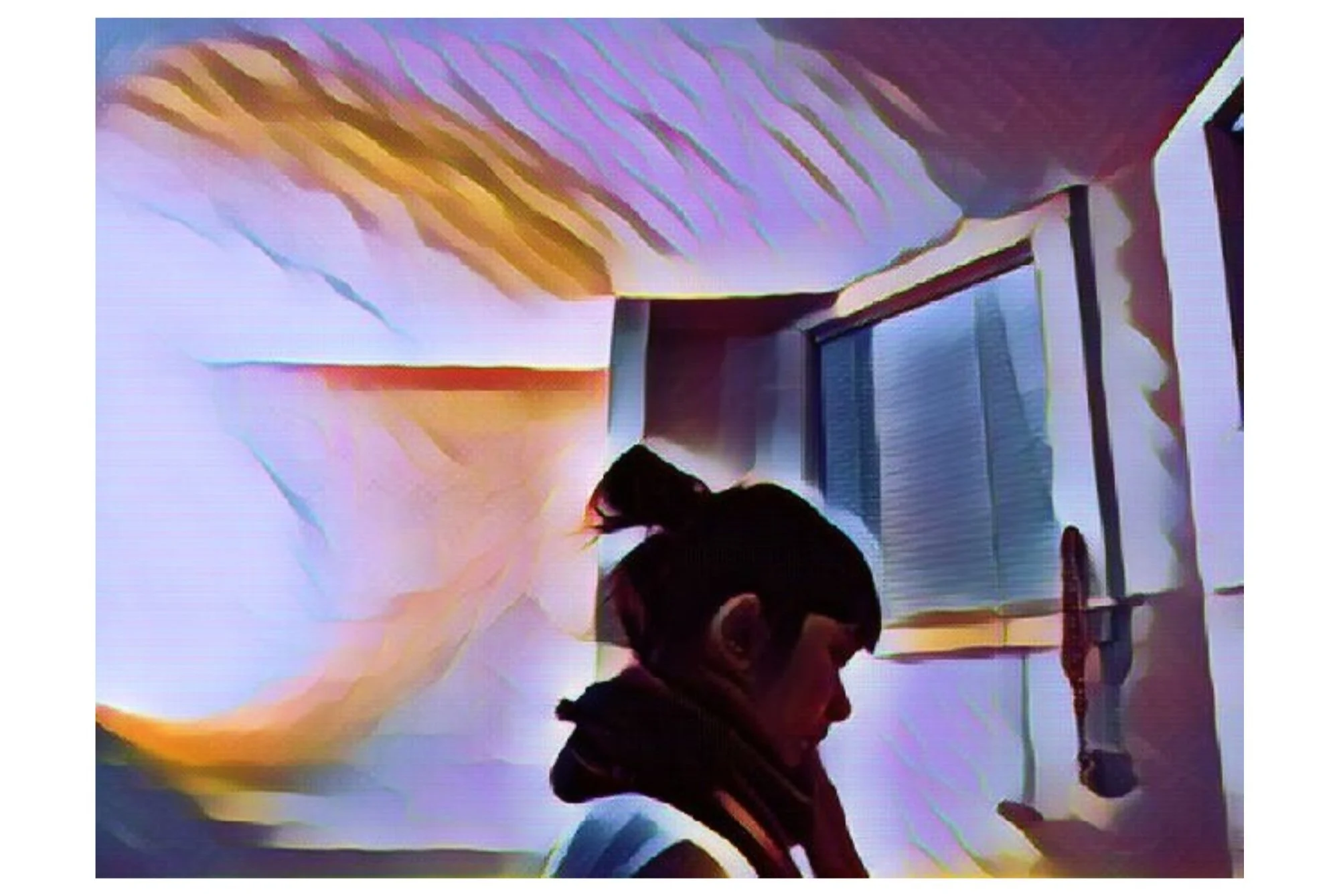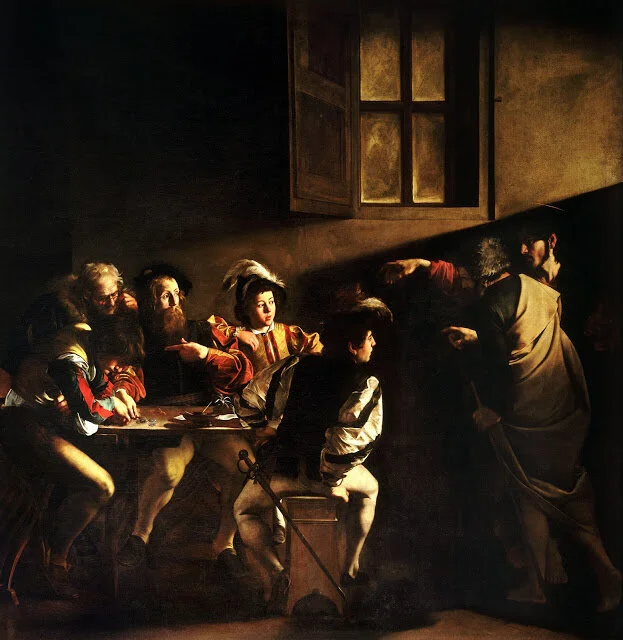Tell Me What You See: From a Basement In a City
Living in the depths of Boston, in the heart of the city, below street level where sometimes all I can see are shadows of feet walking past my windows, hear only the voices of strangers as they converse animatedly, and then fade away through the blinds which I never raise. Dreading people being able to see inside, see me on the inside, inside of myself, and the estrangement I embrace when I want to be left alone.
I love the city when I don’t detest it. I am a part of its body. I am fast-paced and rebellious and spontaneous, but I won’t let the city destroy me. I don't want to be blasé, conscienceless, or conform to societal standards of cool and beautiful.
There is relief in living disconnected from the chaos above me, as it is generally difficult to find solitude in a metropolis. It is a solution for a third culture city kid who often wishes she was made for the ocean, the mountains, or the countryside.
The Calling of Saint Matthew, Caravaggio, 1600
The English art critic, John Berger wrote a bunch of essays which he compiled into the book, Ways of Seeing (based on a 1972 BBC television series) in which he discusses and argues about the different ways of how we look at things, primarily art, in today's dwindling culture that has lost meaning.
One essay discussed a painting by Italian artist Caravaggio, The Calling of Saint Matthew.
This painting was largely connected to the underworld, a world Caravaggio was familiar with, and it was symbolized through the use of a single high-placed window in the illustration. His dark style of expression, as described by Berger, "allowed him to banish daylight. Shadows, he felt, offered shelter as can four walls and a roof. He only felt relatively at ease inside. The shelter it offers is only relative, for the dark reveals violence, suffering, longing, mortality, but at least it reveals them intimately."
Though I found Berger's essays fascinating, especially the piece on Caravaggio, the last paragraph was what really struck me.
"...In the room at the top of the stairs, there is a window, giving onto the outside world. Traditionally in painting, windows were treated either as sources of light or as frames framing nature or framing an exemplary event outside. Not so this window. No light enters by it. The window is opaque. We see nothing. Mercifully we see nothing because what is outside is bound to be threatening. It is a window through which only the worst news can come."
(Berger, Ways of Seeing 1972)




